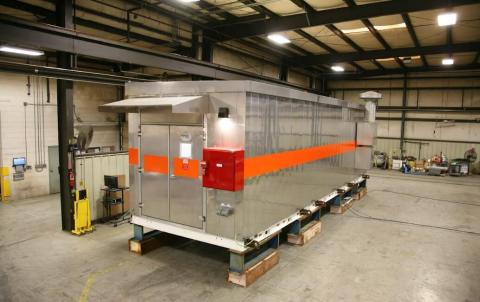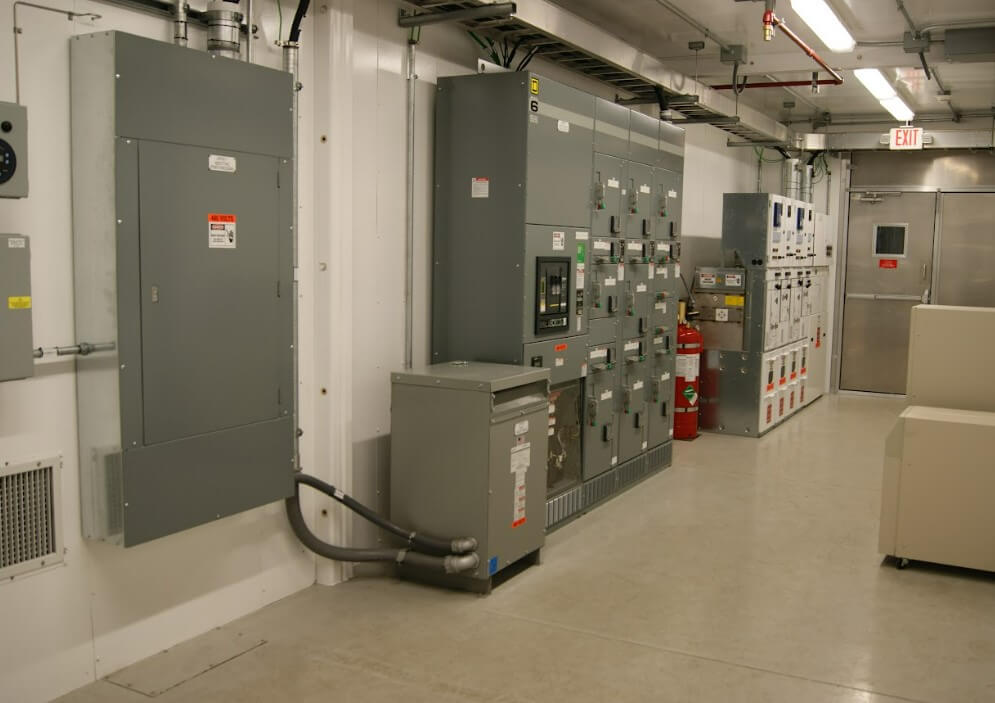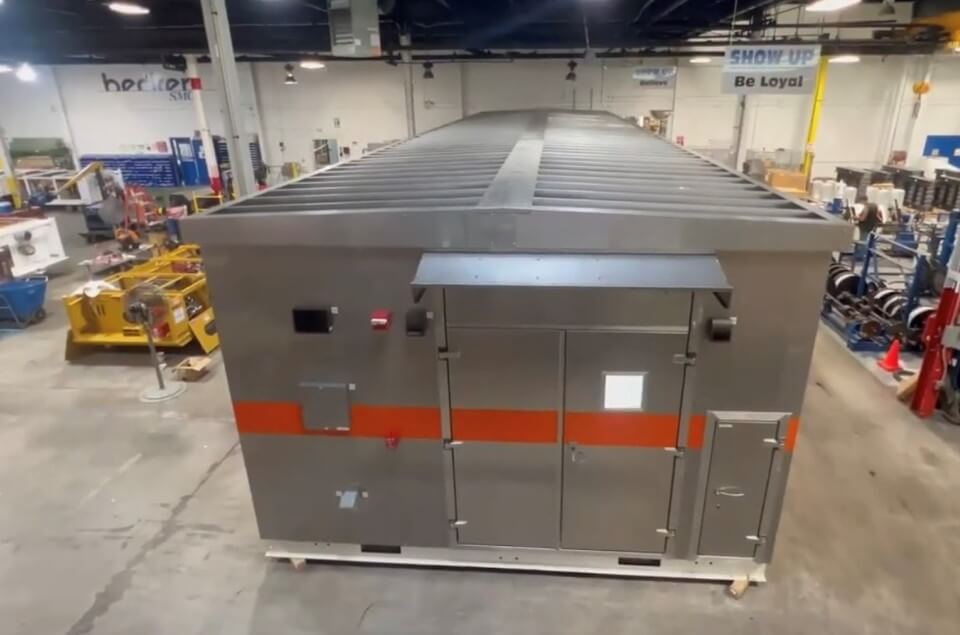
In today’s interconnected world, reliable power distribution is essential for homes, businesses, and industries. At the heart of this reliability are substation circuit breakers, vital components that ensure the safe and efficient operation of electrical substations. These devices protect electrical grids from overloads, faults, and unexpected disruptions, preventing power outages and equipment damage.
Swartz Engineering, a leader in power system solutions, understands the critical role of substation circuit breakers in maintaining grid stability. In this blog post, we will explore what these circuit breakers do, their different types, and how they enhance the resilience of power distribution systems.
Understanding Substation Circuit Breakers
A substation circuit breaker is an electrical switch designed to interrupt fault currents and restore normal operation after an issue has been resolved. It is responsible for disconnecting faulty parts of the grid while keeping the rest of the system running smoothly. Without these breakers, power failures could cascade through the system, leading to widespread blackouts.
These circuit breakers are deployed in electrical substations—facilities that transform voltage levels and distribute electricity across regions. By ensuring the seamless flow of power, they play an integral role in keeping lights on and industries operational.
Why Are Substation Circuit Breakers Important?
- Protect Equipment – Electrical faults can cause damage to transformers, switchgear, and transmission lines. Circuit breakers prevent such damage by isolating faults quickly.
- Prevent Blackouts – By disconnecting only the affected part of the system, they prevent faults from spreading and causing large-scale power failures.
- Ensure Safety – High-voltage power systems can be dangerous. Circuit breakers help protect workers and the public from electrical hazards.
- Enhance System Reliability – A well-maintained circuit breaker system allows for scheduled maintenance without disrupting power supply.

GET IN TOUCH
In a hurry? Call us at 276-285-3841
Types of Substation Circuit Breakers
Not all circuit breakers are the same. Different substations require different types of breakers, depending on their voltage levels, operating conditions, and safety requirements. Here are the most common types of substation circuit breakers:
1. Air Circuit Breakers (ACBs)
- Operate by using compressed air to extinguish arcs.
- Used in low-voltage applications.
- Common in industrial facilities and commercial buildings.
2. Oil Circuit Breakers (OCBs)
- Use insulating oil to quench arcs.
- Effective for high-voltage applications.
- Require regular maintenance due to oil degradation.
3. Vacuum Circuit Breakers (VCBs)
- Rely on vacuum technology to interrupt currents.
- Suitable for medium-voltage substations.
- Highly durable with minimal maintenance needs.
4. SF₆ Circuit Breakers
- Use sulfur hexafluoride gas as an insulating and arc-extinguishing medium.
- Widely used in high-voltage substations.
- Provide superior performance but require careful gas handling.
Each type of circuit breaker serves a specific purpose, and selecting the right one is crucial for maintaining a stable and efficient power grid.
How Substation Circuit Breakers Work
Understanding the operation of a substation circuit breaker helps highlight its importance in power distribution. These breakers function in three main stages:
1. Detection of Faults
When an electrical fault occurs—such as a short circuit or an overload—sensors and protection relays detect the problem within milliseconds.
2. Interruption of Current Flow
Once a fault is detected, the circuit breaker trips, instantly cutting off the current to the affected area. This prevents further damage and power loss.
3. Restoration of Power
After the issue is resolved, the breaker is either reset manually or automatically to resume normal power distribution.
This entire process happens in a fraction of a second, ensuring minimal disruption to consumers and industries.

GET IN TOUCH
In a hurry? Call us at 276-285-3841
Advancements in Substation Circuit Breaker Technology
With advancements in technology, modern substation circuit breakers have become more efficient, reliable, and easier to maintain. Some of the latest innovations include:
Smart Circuit Breakers
- Equipped with sensors and real-time monitoring capabilities.
- Provide early fault detection to prevent major failures.
- Allow remote operation and diagnostics, reducing maintenance costs.
Digital Protection Systems
- Integrate with automated control systems for improved efficiency.
- Enable predictive maintenance by analyzing system data.
- Reduce downtime and enhance grid stability.
Eco-Friendly Alternatives
- Efforts are being made to reduce reliance on SF₆ gas due to environmental concerns.
- New gas mixtures and vacuum technologies are being explored as sustainable options.
These advancements are helping utilities and power companies maintain high performance while meeting environmental and operational challenges.
Challenges in Maintaining Substation Circuit Breakers
While substation circuit breakers are designed for durability, they still require proper maintenance and monitoring. Some key challenges include:
- Aging Infrastructure – Many substations operate with outdated breakers that need upgrades or replacements.
- Environmental Conditions – Extreme weather, moisture, and contaminants can affect breaker performance.
- High Maintenance Costs – Regular inspections and testing are essential but can be costly for large substations.
- Integration with Modern Systems – Upgrading legacy breakers to smart systems requires investment in new technologies.
To overcome these challenges, power companies must adopt proactive maintenance strategies, including predictive analytics and condition-based monitoring.
The Future of Power Distribution with Substation Circuit Breakers
As energy demands grow, the role of substation circuit breakers will become even more critical. The future of power distribution will focus on:
- Grid Modernization – Upgrading substations with intelligent circuit breakers for improved efficiency.
- Renewable Energy Integration – Ensuring breakers can handle fluctuations from solar and wind power sources.
- Increased Automation – Using AI and machine learning to predict and prevent faults before they occur.
- Sustainability Initiatives – Developing eco-friendly breaker technologies that minimize environmental impact.
Swartz Engineering is committed to providing state-of-the-art solutions to meet these evolving demands. By leveraging innovation and expertise, we help ensure reliable and secure power distribution for the future.
Conclusion
Substation circuit breakers are the unsung heroes of the electrical grid, ensuring the safe and efficient distribution of power. From protecting equipment and preventing outages to integrating modern technology, these essential components keep our world running smoothly.
At Swartz Engineering, we recognize the importance of high-performance circuit breakers and continue to develop solutions that enhance grid reliability. Whether you’re looking for advanced protection systems or expert guidance in power distribution, we’re here to help. For more information on how Swartz Engineering can support your substation needs, contact us today!
Products We Offer
Swartz Engineering strives to provide top-quality products to achieve our customer's needs. Our products include:
- Type 76 DC Relay
- Type 82 DC Relay
- Swartz Engineering’s Type 64 Ground Relay
- Type 32 Reverse Current Relay
- Type 150 DC
- CSM Shield Monitor
- Metal Oxide Surge Arrestors
- Transducers
- MVIS SL Slim-line Contactor
- Fully-tested Power Control Rooms
- Swartz Engineering’s Portable Substations
For nearly half a century, we have proudly led the industry in ensuring safety and efficiency. Swartz Engineering is a trusted family-owned company dedicated to providing top-notch power distribution solutions for the electrical industry. Contact us today!
